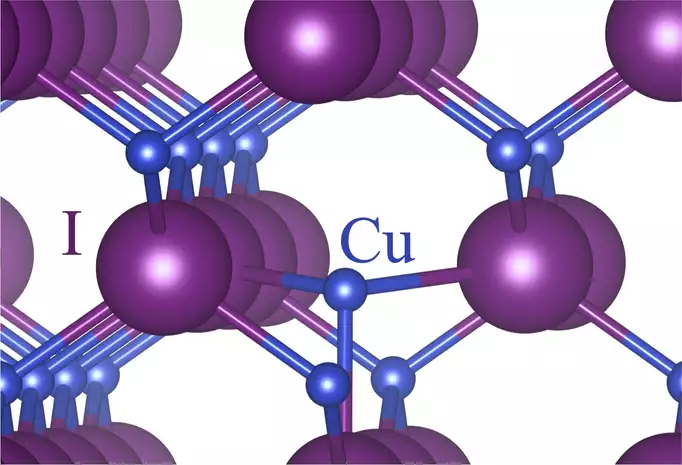The role of heat transport is crucial in various scientific and industrial applications, such as catalysis, turbine technologies, and thermoelectric heat converters that convert waste heat into electricity. Particularly in the context of energy conservation and the development of sustainable technologies, materials with high thermal insulation capabilities are of utmost importance. These materials allow to retain and utilize heat that would otherwise go to waste. Therefore, improving the design of highly insulating materials is a key research objective in enabling more energy-efficient applications.
However, designing strongly heat insulators is far from trivial, despite the fact that the underlying fundamental physical laws are known for nearly a century. At a microscopic level, heat transport in semiconductors and insulators was understood in terms of the collective oscillation of the atoms around their equilibrium positions in the crystal lattice. These oscillations, called “phonons” in the field, involve zillions of atoms in solid materials and hence cover large, almost macroscopic length- and time-scales.
In a recent joined publication in Physical Review B (Editors Suggestions) and Physical Review Letters, researchers from the NOMAD Laboratory at the Fritz Haber Institute have advanced the computational possibilities to compute thermal conductivities without experimental input at unprecedented accuracy. They demonstrated that for strong heat insulators the above-mentioned phonon picture is not appropriate. Using large-scale calculations on supercomputers at of the Max Planck Society, the North-German Supercomputing Alliance, and the Jülich Supercomputing Centre, they scanned over 465 crystalline materials, for which the thermal conductivity had not been measured yet. Besides finding 28 strong thermal insulators, six of which featuring an ultra-low thermal conductivity comparable to wood, this study shed light on a hitherto typically overseen mechanisms that allows to systematically lower the thermal conductivity. “We observed the temporary formation of defect structures that massively influences the atomic motion for an extremely short period of time”, says Dr. Florian Knoop (now Linköping University), first author of both publications. “Such effects are typically neglected in thermal-conductivity simulations, since these defects are so short-lived and so microscopically localised compared to typical heat-transport scales, that they are assumed to be irrelevant. However, the performed calculations showed that they trigger lower thermal conductivities”, adds Dr. Christian Carbogno, a senior author of the studies.
These insights may offer new opportunities to fine-tune and design thermal insulators on a nanoscale level through defect engineering, potentially contributing to advances in energy-efficient technology.


